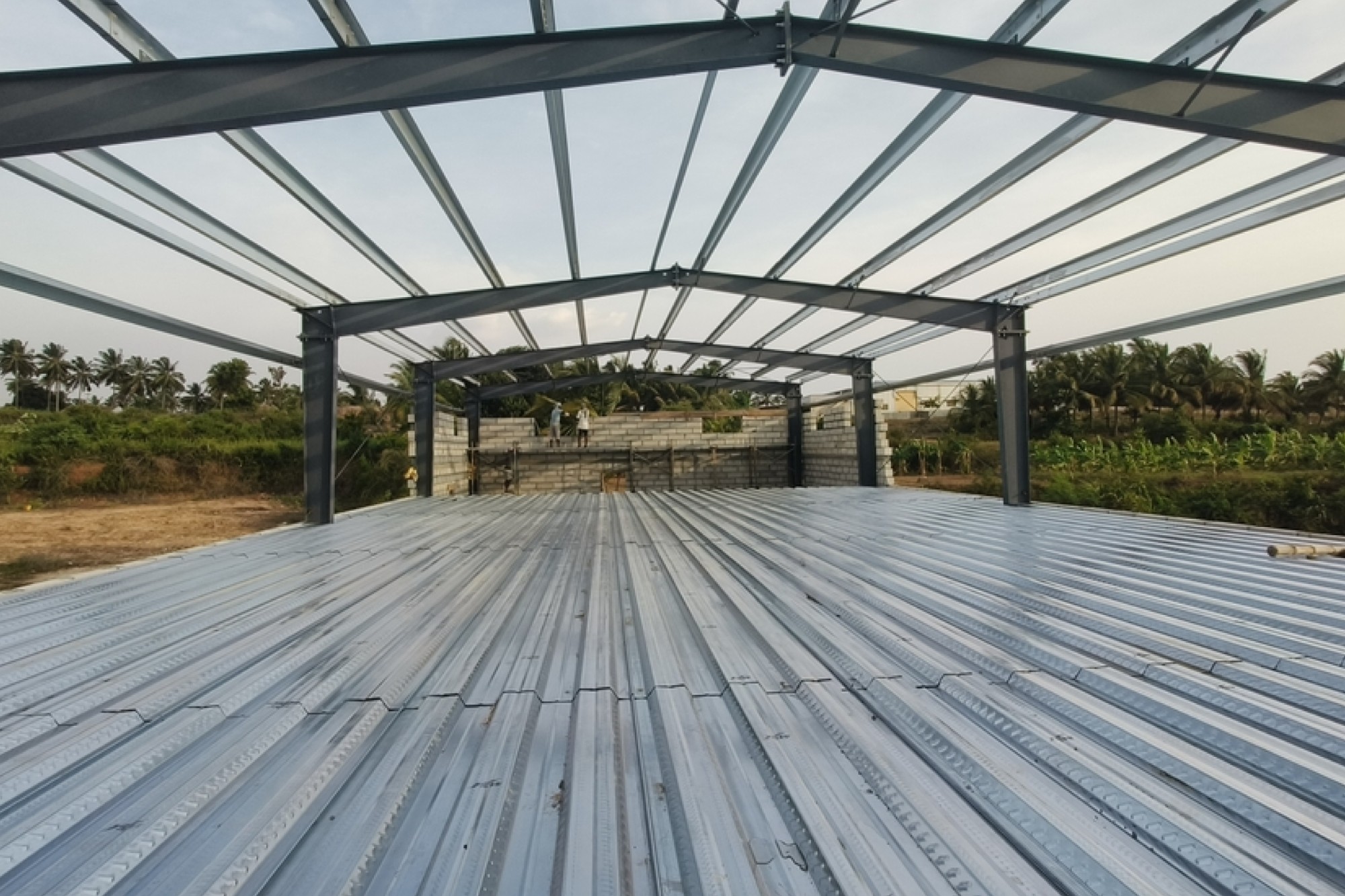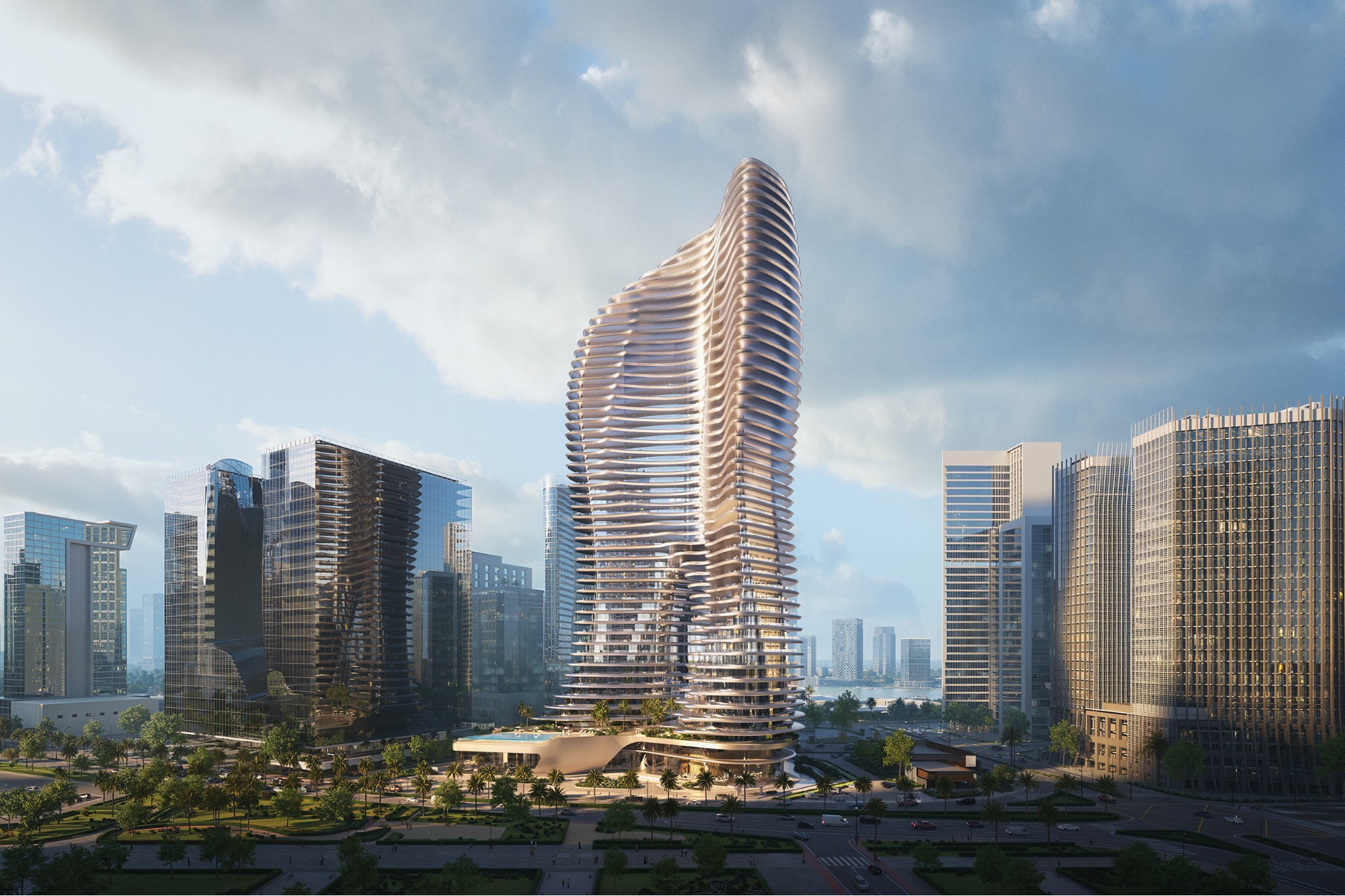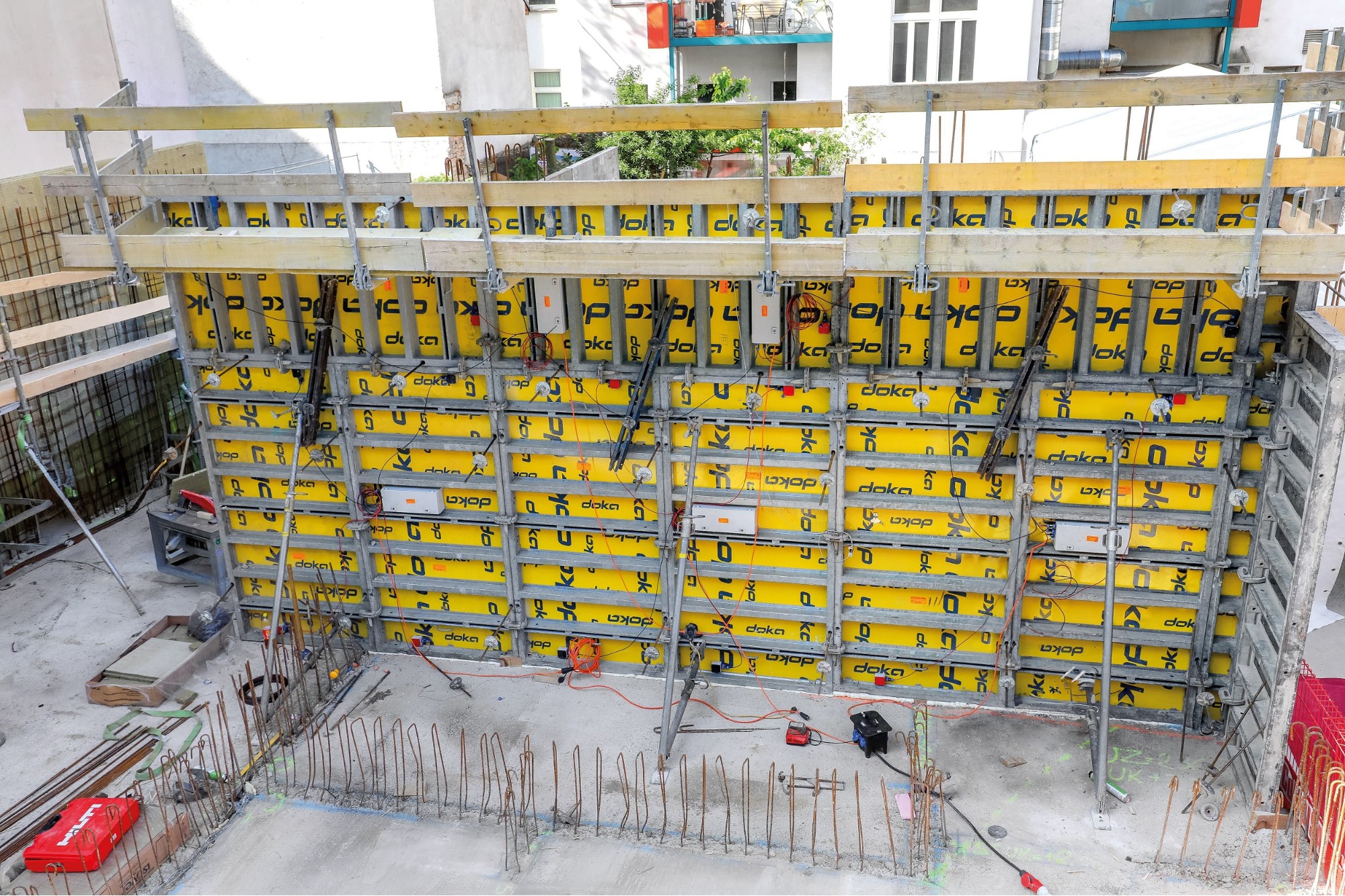India emerges as a key market for steel with growing infrastructure projects
By Edit Team | April 15, 2023 6:20 pm SHARE

Despite the pandemic, India is emerging as the most important market for steel in the global market, having produced 102.49 million tonnes of crude steel and 94.66 million tonnes of finished steel in FY21. According to a CARE rating market outlook, crude steel production is predicted to reach 112-114 million tonnes in FY22, an increase of 8-9 percent YoY. Infrastructure, oil and gas, and the automotive industry are the major demand drivers for steel, with infrastructure being the key demand driver for steel rebar. According to an Industry Arc report, the segment is expected to grow at a substantial CAGR of 6.2 percent globally between 2021 and 2026.
Steel rebars driving growth with India’s modern construction
The Indian construction market has been growing considerably over the past few years, and despite the pandemic-induced uncertainties, various construction projects, especially large-scale infrastructure projects, are progressing steadily. The country is focusing on constructing multiple expressways and unique mega projects such as the Highspeed Rail Corridor Project (bullet train project), pushing the boundaries of steel towards substantial growth.
Steel rebars are widely used in the construction of modern skyscrapers, roads, highways, bridges, sewage tunnels, airports, and stadiums. Growing requirements for deformed steel reinforcing are contributing to the market growth, with various product innovations, such as the development of TMT, aiding in improving the quality of rebars.
According to the World Steel Association (WSA) forecast, India’s steel demand is expected to rebound by 19.8 percent in 2021, the highest rate among the top 10 consuming nations. The National Steel Policy 2017 aims to increase the per capita steel consumption to 160 kg by 2030- 31. Steel companies plan to invest ~60,000 crores (US$8.09 billion) over the next three years. The Union Budget 2021-22 has a 34.5 percent YoY increase in allocation for capex at 5.54 lakh crore (US$74.1 billion).
Innovations in structural steel and TMT bars
Design innovations are driving the demand for value-added properties such as corrosion-resistant steel bars, and epoxy-coated, earthquakeresistant, and galvanized rebars. TMT bars are the most preferred in the construction of buildings and infrastructure projects as they are high strength and ductile compared to their predecessors. They offer various advantages, such as high durability, tensile strength, thermal resistance, and malleability.
Therefore, the ongoing construction activities in the infrastructure and real estate segments in India will push the growth of the steel bar market. The government is taking various steps to boost the sector, and the National Steel Policy 2017 aims to increase per capita steel consumption to 160 kg by 2030-31. Steel rebars are widely used in construction projects, and the growing requirement for deformed steel reinforcing is contributing to the market growth, with various product innovations aiding in improving the quality of rebars. India’s steel demand is expected to rebound by 19.8 percent in 2021, and steel companies plan to invest `60,000 crores (US$8.09 billion) over the next three years.
Cookie Consent
We use cookies to personalize your experience. By continuing to visit this website you agree to our Terms & Conditions, Privacy Policy and Cookie Policy.




































































